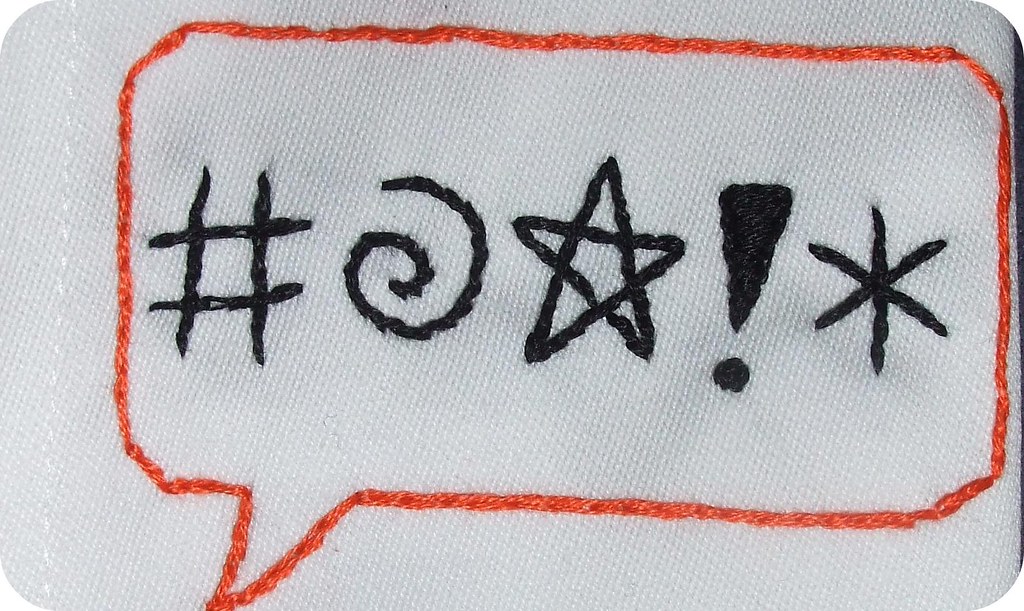Dictionary
Annoying

- Definition:
-
Something that causes irritation.
-
Algo que mueve a irritación.
- Example:
-
My brother can get really annoying at times.
-
Mi hermano puede ser muy molesto en ocasiones.
- Spanish word:
-
Molesto
- Audio:
Argument

- Definition:
-
An angry disagreement.
-
Desacuerdo enfadado.
- Example:
-
We all have arguments with the people we love.
-
Todos tenemos discusiones con las personas a las que queremos.
- Spanish word:
-
Discusión
- Audio:
Fact

- Definition:
-
Something that is real.
-
Algo que es real.
- Example:
-
It is a fact that the Earth is round.
-
Es un hecho que la Tierra es redonda.
- Spanish word:
-
Hecho
- Audio:
Find out

- Definition:
-
To learn by study or observation.
-
Aprender mediante el estudio o la observación.
- Example:
-
When she was a teenager she found that she was adopted.
-
Cuando era adolescente averiguó que era adoptada.
- Spanish word:
-
Averiguar
- Audio:
Handle

- Definition:
-
To deal with something.
-
Manejar algo.
- Example:
-
You can hold the kitten, but handle it with care.
-
Puedes coger al gatito, pero manéjalo con cuidado.
- Spanish word:
-
Manejar
- Audio:
Misunderstanding

- Definition:
-
To confuse or mix information.
-
Confundir o mezclar información.
- Example:
-
Always use clear language to avoid misunderstanding.
-
Siempre usa un lenguaje claro para evitar equícovos.
- Spanish word:
-
Equívoco
- Audio:
Stage

- Definition:
-
A platform on which to perform.
-
Plataforma sobre la que se actúa.
- Example:
-
The actors took a bow on stage.
-
Los actores saludaron desde el escenario.
- Spanish word:
-
Escenario
- Audio:
Swear

- Definition:
-
To use rude words.
-
Emplear palabras malsonantes.
- Example:
-
They were grounded after swearing in class.
-
Fueron castigados tras decir palabrotas en clase.
- Spanish word:
-
Decir palabrotas
- Audio:
Tiny

- Definition:
-
Very small.
-
Muy pequeño.
- Example:
-
Mobile phone chips are really tiny.
-
Los chips de los teléfonos móviles son realmente diminutos.
- Spanish word:
-
Diminuto
- Audio:
Whole

- Definition:
-
Something that is complete.
-
Algo que está completo.
- Example:
-
The sky was clear and we could see the whole of the Moon.
-
El cielo estaba claro y podíamos ver la Luna llena.
- Spanish word:
-
Entero
- Audio:
Wig

- Definition:
-
Fake piece of hair for the head.
-
Pieza de pelo falso para la cabeza.
- Example:
-
She was wearing a purple wig.
-
Ella llevaba una peluca morada.
- Spanish word:
-
Peluca
- Audio:





